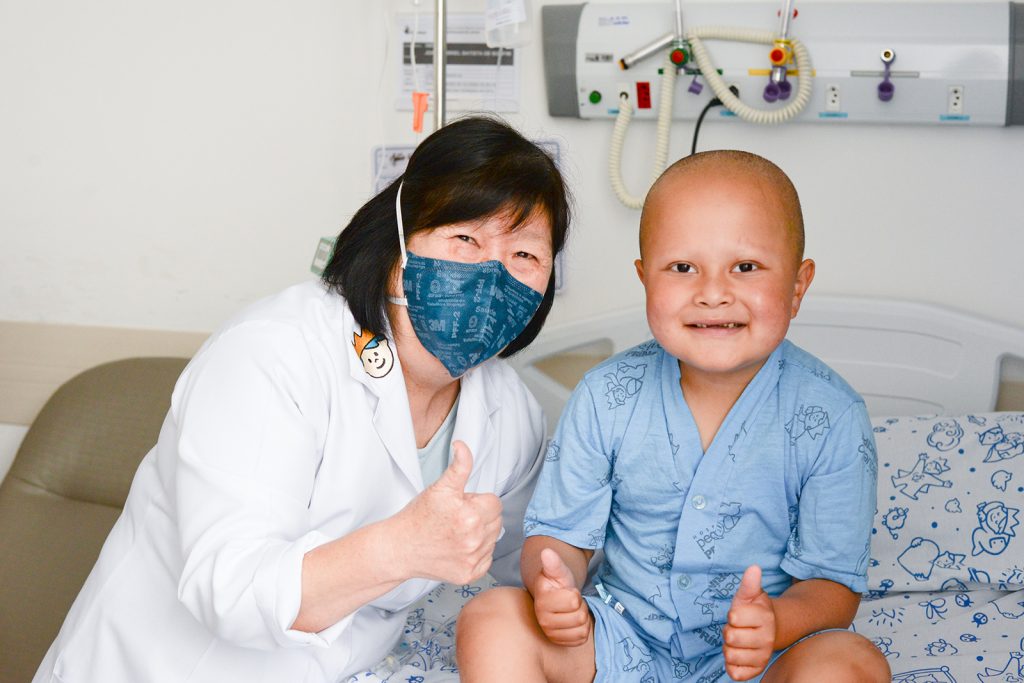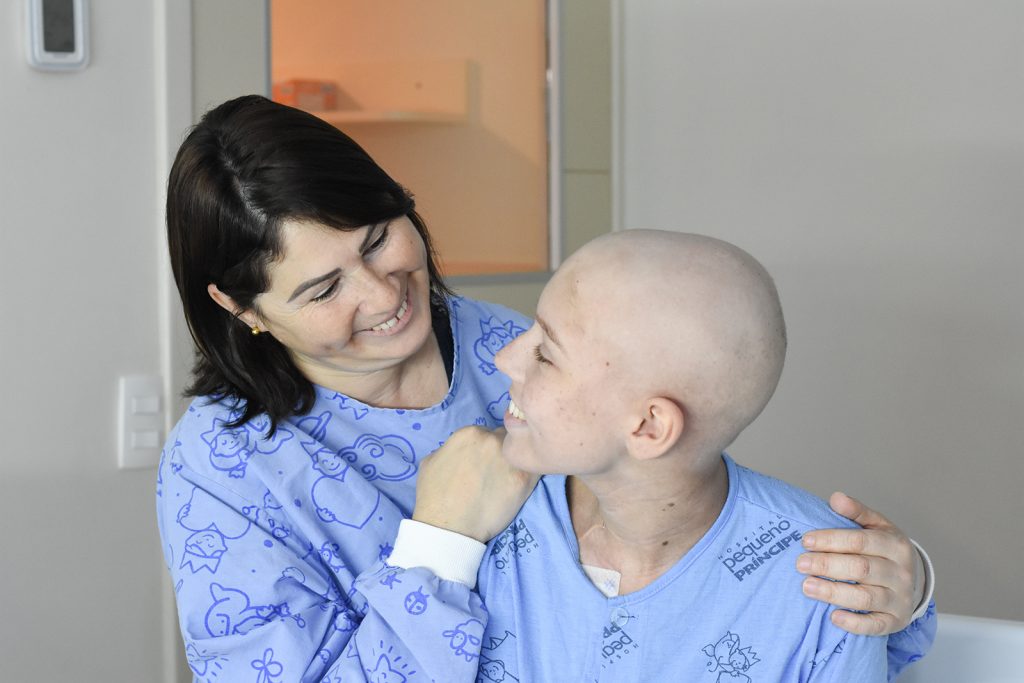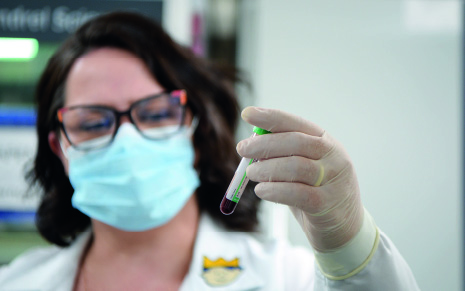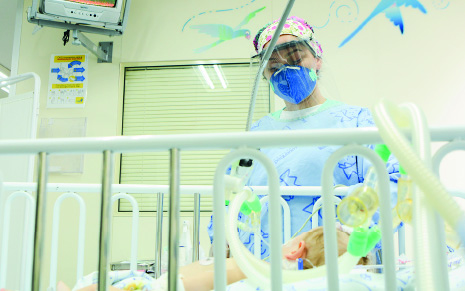Childhood cancer in Brazil kills twice as much as in the United States
There is a lack of reference centers such as the Pequeno Príncipe Hospital, which offers care from diagnosis to bone marrow transplantation
Difficulty in early diagnosis and in accessing specialized treatment centers is the main cause for the high mortality rate from childhood cancer in Brazil. While the rate in the United States is 22 deaths per million, in Brazil the rate is 43.4 per million, that is, almost double.
The data reflect the reality up to 2019 and are included in a survey on the panorama of pediatric oncology in Brazil conducted by the Desiderata Institute with the technical support of professionals from the Cancer Foundation, the National Cancer Institute and the World Health Organization’s Global Initiative on Childhood Cancer in Latin America and the Caribbean.

“Unfortunately, in Brazil, there are still few centers specialized in the treatment of childhood cancer. The Pequeno Príncipe Hospital is one of these centers and offers complete treatment, from diagnosis to bone marrow transplantation, in cases where it is indicated. We also offer a complete structure of exams, including genetic ones, which greatly help in the decision as to which treatment to offer each child,” explains the head doctor of the institution’s Oncology and Hematology Service, Flora Mitie Watanabe.
The Pequeno Príncipe Hospital is the most important center for the treatment of childhood and adolescent cancer in Paraná and one of the main ones in Brazil. The Oncology and Hematology Service was officially implanted in 1968, but services had already been rendered since 1962. The Hospital Cancer Record Center, a service that collects data on this subject, was implemented in 2003.
The great differential of the Pequeno Príncipe Oncology Service lies in its support structure. As the Hospital offers healthcare in 32 medical specialties, the oncology team counts on specialists in the most different areas, 24 hours a day, to compose the group assisting the patients. In addition to the medical teams, there are nursing professionals, nutritionists, physical therapists, speech therapists, pharmacists, dentists, psychologists, and social workers.

The physical structure of the institution also benefits the treatment. The Hospital has 68 beds in its ICUs, a surgical center with nine ORs that operate every day of the week, and state-of-the-art equipment to perform exams. The Oncology Service has an exclusive area for hospitalization with 21 beds. For those patients who need to receive medication, but do not need to be hospitalized, there is a wing that works as a day hospital. In this space, besides the consultations, the chemotherapy sessions are held.
At the Pequeno Príncipe, about one hundred new cases of childhood cancer are treated every year, with a predominance of leukemia, central nervous system tumors, and abdominal tumors. “Every day we perform about 30 chemotherapy sessions and 35 consultations,” says the doctor. The survival rate in the institution is 74% and is close to the results of international centers.
Bone marrow transplantation
For many oncologic and hematologic patients, bone marrow transplantation (BMT) represents a great chance of beating the disease. In 2011, Pequeno Príncipe inaugurated its BMT unit with three beds and, in only five years, it needed to more than triple the space. Since 2016, there are ten beds exclusively for this service. The first major impact generated by the unit was to eliminate the waiting list for BMT in Paraná. By the end of 2020, Pequeno Príncipe accounted for 12% of all pediatric bone marrow transplants performed in Brazil.
Early diagnosis
Early diagnosis makes all the difference in the success of the treatment of childhood cancer – through it, about 80% of the cancer cases can be cured. But, unfortunately, the vast majority of patients arrive at the Pequeno Príncipe with an advanced stage of the disease. A study conducted by the Hospital, encompassing data from patients seen between the years 1998 and 2017, showed that only 8.8% arrived with the first stage of the disease, and 33.5%, with the second. Therefore, the rest (57.6%) were admitted with cancer at an already advanced level. “Careful observation of the child by the parents is what makes the difference. The symptoms are never isolated, and if there is a suspicion, the best thing is to talk to your pediatrician,” reinforces the doctor.
The main symptoms that should be observed to make an early diagnosis are:

Click here and learn Gabriel’s story in his fight against cancer.
More
Research investigates why some people are resistant to the coronavirus
Article with the participation of a scientist from the Pelé Pequeno Príncipe Research Institute seeks to understand why some people are not contaminated
Number of COVID-19 cases in 2021 is four times higher than the previous year
Most of the children and adolescents who required hospitalization had no comorbidities








